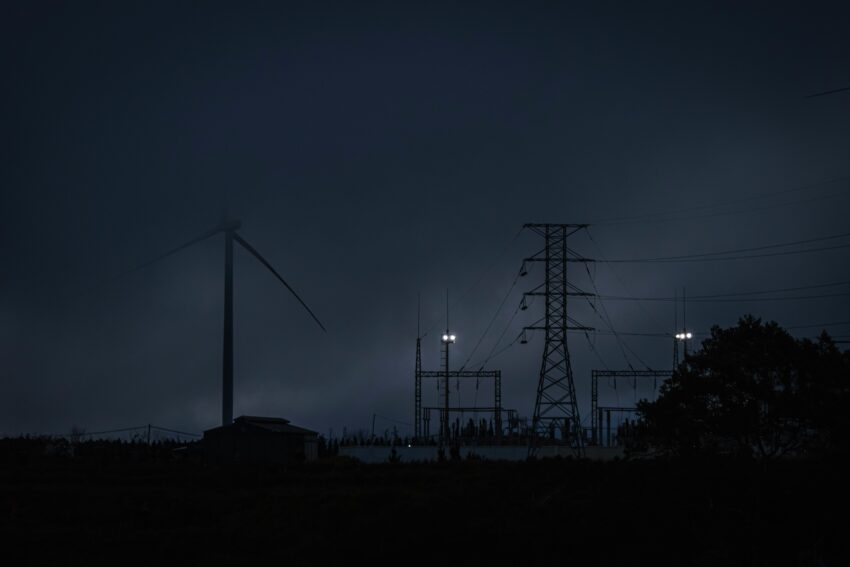How Long Can You Survive Without Power? A Tactical Breakdown for Blackout Survival
When the lights go out and the grid fails, the big question is: can you survive without power? Many of us assume we have days or even weeks to adjust, but the reality is much more urgent. From access to clean water and food spoilage to medical emergencies and extreme weather conditions, surviving without power quickly becomes a race against the clock.
Let’s break down exactly how long you can last without power, what critical systems fail first, and what you can do to prepare before the next blackout strikes.
What Happens When the Power Goes Out?
Power outages start small but escalate fast. Within minutes to hours, essential services begin shutting down:
-
Water and sewage systems fail because city pumps need electricity.
-
Gas stations, ATMs, and stores close, making it impossible to access fuel or cash.
-
Cell towers and communication networks go dark, cutting you off from news and help.
If you’re in a city, this infrastructure collapse can happen in less than 24 hours. So, don’t wait until the outage starts to think about survival.
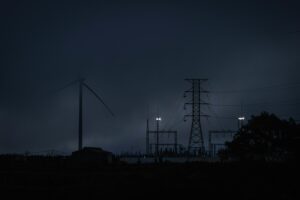
Water: The Clock Starts Ticking Immediately
Water is your most urgent survival priority. Humans need about 2 quarts (0.9 liters) of water per day, and going without water for more than 3 days is deadly.
Here’s the problem: municipal water pumps and filtration systems rely on electricity, which means water pressure can drop within hours of a power failure. Suddenly, your tap runs dry, or worse, water becomes contaminated.
What to do:
-
Store at least 1 gallon of water per person per day for a minimum of two weeks.
-
Learn how to purify water using boiling, filtration, or purification tablets.
-
If possible, set up rainwater catchment or locate reliable natural water sources.
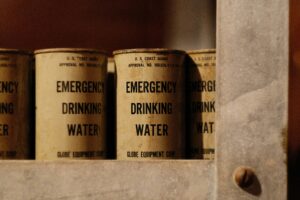
Learn more in our Emergency Water Storage Guide.
Food Spoilage and Your Body’s Limits
While your body can technically survive about 3 weeks without food, you’ll start losing energy and functionality much sooner.
Without power, refrigerated food only stays safe for about 4 hours, and frozen food roughly 48 hours if the freezer remains unopened. After that, you’re facing spoilage, contamination, and foodborne illness risks.
Here’s how to prepare:
-
Stockpile non-perishable foods such as canned goods, MREs, nuts, and dried fruits.
-
Have alternative cooking methods ready, like propane grills, camping stoves, or solar ovens.
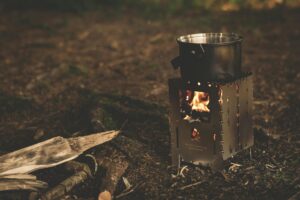
Check out our list of Best Non-Perishable Foods for Prepping.
Shelter and Temperature Control: The 3-Hour Survival Window
Extreme temperatures don’t wait around, they can become life-threatening in as little as 3 hours without proper shelter or climate control. In freezing conditions, hypothermia can sneak up on you quickly, while scorching heat can lead to dangerous dehydration and heatstroke.
That’s why having emergency essentials like thermal blankets, warm clothing, or battery-powered fans is a must. And when the power’s out, sometimes a good old-fashioned fire is your best friend, providing warmth, comfort, and even a way to cook.

Medical Devices & Healthcare Risks
For people relying on oxygen machines, dialysis, or other electric medical devices, the question of can you survive without power becomes critical, because a loss of electricity can be life-threatening within hours.
Hospitals usually have backup generators, but those typically only last a few days before fuel runs out. Planning ahead with backup batteries or solar-powered medical devices isn’t just smart, it’s essential.
Explore our Top Backup Power Solutions for Medical Devices.
The Timeline of a Breakdown: What Happens Over Days and Weeks?
Here’s the cold truth: as days pass, life becomes harder and society starts to fray.
-
First 1–3 days: Water contamination increases, supermarkets get emptied, and minor health issues rise.
-
Around 1 week: Hospitals may lose backup power; crime rates rise; vulnerable people suffer heat or cold injuries.
-
2–4 weeks: Transportation stops, law enforcement weakens, and food scarcity worsens.
-
1 month or more: The risk of societal collapse increases, with starvation, epidemics, and unrest.
Real-Life Lessons from Past Blackouts
-
The Texas Freeze of 2021 left millions without power in freezing weather for days, resulting in hundreds of deaths due to cold exposure and carbon monoxide poisoning.
-
During Houston’s 2024 heatwave blackout, people struggled for 10 days in 100°F heat, facing food spoilage and hospital overloads.
-
The 2003 Northeast Blackout caused water pressure failures and boil water advisories lasting several days.
Who’s Most Vulnerable?
Not everyone suffers equally. Those most at risk include:
-
People dependent on electricity for medical devices
-
Low-income and marginalized communities with less prep and weaker infrastructure
-
Individuals struggling with mental health challenges worsened by stress and uncertainty
Read our article on Mental Health in Emergencies.
How You Can Prepare Today
Household Prep:
-
Store at least two weeks of water and food.
-
Invest in solar panels, batteries, or propane appliances.
-
Have first aid kits and sanitation supplies ready.
Skills to Learn:
-
Water purification and safe sanitation
-
Basic first aid and emergency communication
-
Foraging, fishing, and alternative food sources
Community Efforts:
-
Form neighborhood prep groups to share resources.
-
Advocate for microgrids and resilience hubs in your area.
-
Train together for emergencies to improve response.
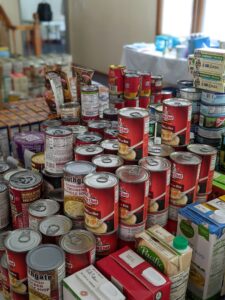
Final Thoughts: Power Outages Are Serious, Be Ready
Power outages aren’t just inconvenient, they can quickly become life-threatening emergencies. Water shortages, food spoilage, extreme temperatures, and failing infrastructure combine to create a perfect storm. Knowing how to survive without power means more than just luck—it requires prepping smartly. Store essential supplies, build critical skills, and create a community plan well before disaster strikes.
Tags: power outage survival, blackout preparedness, off-grid living, emergency prepping, disaster response, prepping for beginners
